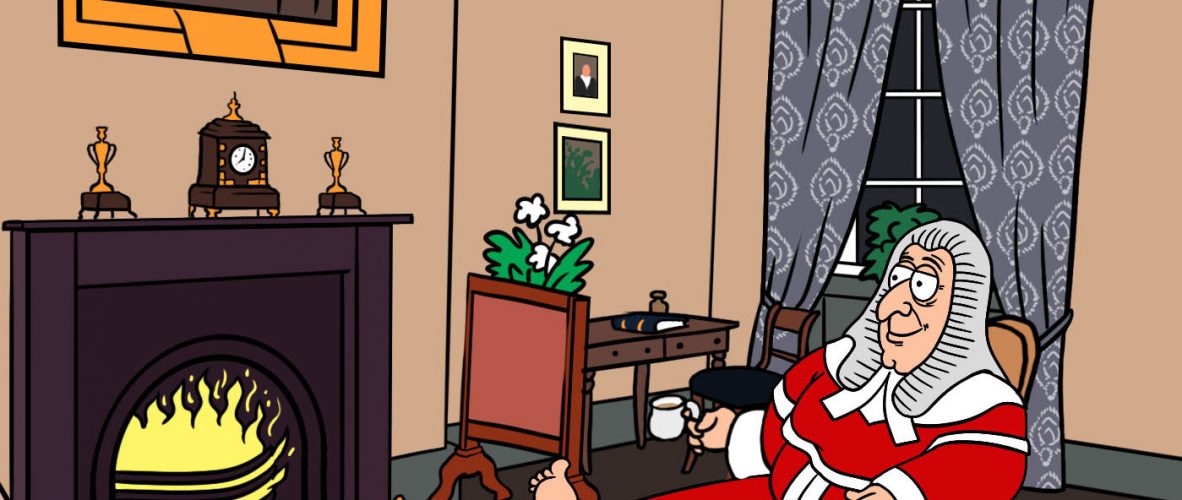The name given to the tight trousers worn by some Regency gentlemen, such as the notorious Beau Brummell and his ‘dandy’ followers, as they showed off their leg muscles.
Subjects
In this section you will find some pages from notebooks belonging to children from Presteigne. You will also find a school report.
1. School Report: Although lessons mainly concentrated on the ‘3Rs’ of reading, writing and arithmetic, geography, history and other subjects were also taught, depending on the teacher’s keenness for each subject.

| In the classroom: | |
Look down the list of subjects. Are there any that we have in school now? Any that you have never heard of? Any that you would like to learn? What position was Winnie Newell in her class? Which subject did she get the most points for? In which subject was she highest in her class? Now look at the pictures of their work | |
2. Geography: These are pages from Winnie’s geography notebook. One map is of the area where she lived and the other shows England and Wales, and what different areas where famous for.


3. History: This is a chart showing all the kings and queens of England, when they were on the throne and what family they came from. Victorian children would be expected to learn this. It comes from Outlines of English History by Henry Ince & James Gilbert, 1859.

4. Art: In their art classes, children were often made to copy famous paintings – usually landscapes. This one is by John Newell, drawn in 1873.

| In the classroom: | |
Find a picture you like and try to draw a copy of it. | |
5. Writing: A lot of time was spent making sure pupils’ handwriting was good. Copy books gave sentences which the children then had to reproduce on the lines below. One complete exercise can be seen here, along with one that did not get done. For those schools that could not afford these books and ink, the words could be written on a blackboard and copied onto slates.



| In the classroom: | |
Try copying a sentence four times (you could even use some computer fonts to create your own copy book page). | |
6. Cookery & Household Skills: girls were taught sewing, knitting, cookery and household skills These are pages from Winnie Newell’s notes for cooking and laundry.


| In the classroom: | |
Make the sweets for your class to try. Wash a pair of stockings the same way. What does ‘1st and 2nd water’ mean? | |
7. Sewing: Girls learnt how to make dresses, darn, embroider and create objects useful to the home. The practiced their skills by making samplers – embroidered pictures, often containing the alphabet, religious text and flowers. This sampler was made by Martha Palfrey in 1865. She was 13 years old. It is now in the collections of the Powysland Museum, Welshpool.


DOG

BIRD

123

TEAPOT
| In the classroom: | |
Design a pattern on paper for your own sampler. Try your hand at stitching – choose some cloth where the holes between threads can be seen easily (you can get cross-stitch material from hobby shops). Make your own design or follow the patterns below for some simple pictures made by using embroidery threads using cross-stitch (X). | |
